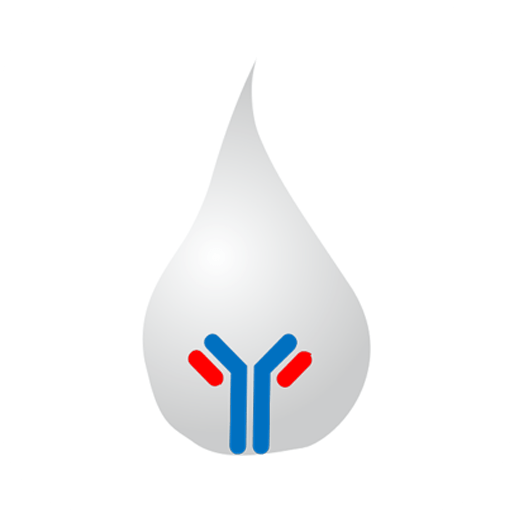Description
| CATALOG # | OttoBC154 |
| PRODUCT NAME | Urea Assay Kit |
| APPLICATIONS | Fully automated analyzer, Spectrophotometer |
| REACTIVITY | Universal |
| SAMPLES TYPE | Serum, Plasma (Edta or Heparin) |
| Content | Explanation | Shelf life |
| Reagent-1 | 1x30ml | 6 months |
| Calibrator | 1×0.5ml | 6 months |
| Q.Control | 1×0.5ml | 6 months |
References
- Journal of the American College of Nutrition, Vol. 19, No. 6, 715–737 (2000) Published by the American College of Nutrition
- Pocock NA, Eisman JA, Hopper JL, Yeates MG, Sambrook PN, Eberl S: Genetic determinants of bone mass in adults. A twin study. J Clin Invest 80:706–710, 1987.
- Standing Committee on the Scientific Evaluation of Dietary Reference Intakes Food and Nutrition Board, Institute of Medicine: “Dietary Reference Intakes for Calcium, Phosphorus, Magnesium, Vitamin D and Fluoride.” Washington, DC: National Academy Press, 1997.
- Ilich JZ, Skugor M, Hangartner T, Baoshe A, Matkovic V: Relation of nutrition, body composition and physical activity to skeletal development: a cross-sectional study in preadolescent females. J Am Coll Nutr 17:136–147, 1998.
5.Doumas B.T., Watson W.A., Biggs H.G.. Albumin standards and the measurement of serum albumin with bromcresol green. Clin Chim Acta 1971 ;31 :87-96.
6.Glick M.R., Ryder K.W., Jackson SA. Graphical Comparisons of Interferences in Clinical Chemistry Instrumentation. Clin Chem 1986;32:470-474.
7.Grant G.H., Silverman L.M., Christenson R.H.. Amino acids and proteins. In: Tietz N.W. (ed.). Fundamentals of Clinical Chemistry, 3rd Philadelphia, Pa: W.B. Saunders, 1987:328-330.
Clinical Guide to Laboratory Tests, 3rd . Philadelphia, Pa: WB Saunders, 1895:22-24.
